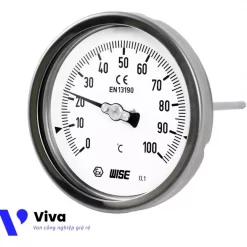What is temperature – Common temperature measurement units
Temperature is a familiar concept in daily life and various industries. It refers to the hotness or coldness of an object, liquid, or gas. To measure and evaluate temperature, people use units of measurement such as Celsius, Fahrenheit, Kelvin, and many others. However, not everyone understands these temperature units and how to convert between them. Therefore, this article aims to answer these questions and provide basic information about commonly used temperature measurement units.
What is Temperature – What are Temperature Measurement Units?
What is Temperature?
Temperature is a physical quantity used to measure the degree of hotness or coldness of a substance or object. Temperature is determined by comparing the differences in energy among the molecules within that substance or object.
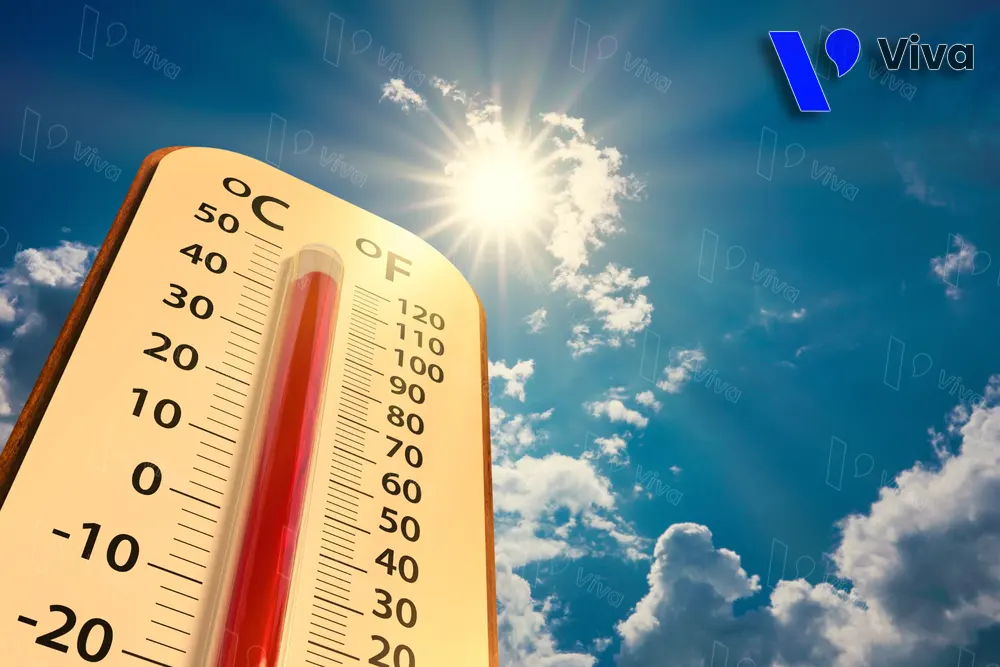
Temperature is an important factor in many activities, including industrial production, healthcare, food and beverage, as well as scientific research. Temperature can be controlled to ensure proper operation processes and ensure safety for users.
What are Temperature Measurement Units?
Temperature measurement units are units of measurement used to measure the temperature of a substance or object. The commonly used temperature measurement units are degrees Celsius (°C), degrees Fahrenheit (°F), and Kelvin (K).
Importance of Temperature Measurement Units
Temperature measurement units are among the most important units of measurement in science and engineering, used for measuring and controlling temperature in various fields. This is particularly important in industries such as manufacturing, healthcare, food and energy, where temperature plays a crucial role in production processes and preservation.
Temperature measurement units are also essential parameters used in scientific and engineering research. This is particularly important in fields such as material science, physics, chemistry, and biology, where temperature significantly affects the properties and processes of materials and systems.
Furthermore, temperature measurement units are also used in daily life, such as checking the temperature of food during cooking, using electronic temperature measuring devices, or measuring the temperature of the surrounding environment to ensure a safe and comfortable living and working environment.
Development History of Temperature Measurement Units

Temperature measurement is a significant requirement in various fields. In the past, people used simple temperature measurement methods such as water clocks, which relied on the changes of liquid or gas in a closed chamber to measure temperature. However, these methods did not guarantee high accuracy and reliability.
In the 17th century, Galileo Galilei invented the first mercury thermometer. Later, Ole Christensen Rø
mer developed another mercury thermometer in 1701. His thermometer was widely used in science and industry and became one of the most accurate temperature measurement methods for many centuries.
In the 1800s, William Thomson (Lord Kelvin) developed the Kelvin thermometer, which operates using principles similar to thermocouples. The Kelvin thermometer has been widely used in science and industry and is considered one of the most accurate temperature measurement methods today.
In recent years, with the advancement of technology, smart temperature measuring devices have been developed and widely used in various fields. Modern temperature measuring devices include electronic thermometers, in-polarization, in-superconductor, and non-contact temperature measuring devices such as infrared thermometers. These advancements have increased the accuracy and reliability of temperature measurement.
Common Temperature Measurement Units

There are 5 commonly used temperature measurement units:
- Degree C (Celsius)
- Degree F (Fahrenheit)
- Degree K (Kelvin)
- Rankine
- Réaumur
Degree C (Celsius)
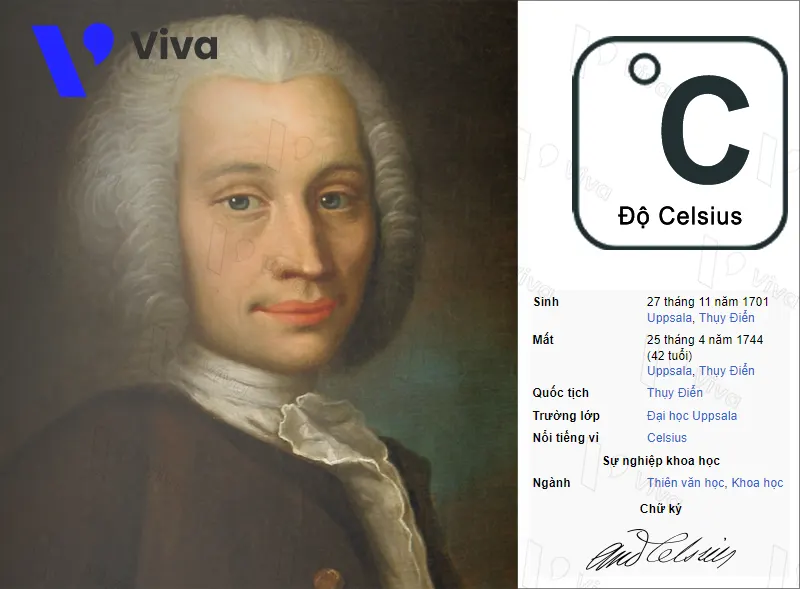
Degree C (Celsius) is a widely used temperature measurement unit around the world and is the standard temperature unit in the SI system (International System of Units). Degree C is defined by setting the boiling point and freezing point of water at standard pressure as 100 degrees C and 0 degrees C, respectively. Degree C represents the length of the straight line connecting the freezing and boiling points of water at standard pressure, divided into 100 equal parts.
Degree C is commonly used for measuring temperature in everyday applications such as cooking, healthcare, air conditioning, etc. It is also used in scientific and technological activities. As of 2023, degree C is considered the standard temperature unit in the SI system.
Degree F (Fahrenheit)

Degree F (Fahrenheit) is a temperature measurement unit primarily used in the United States and some other countries. Degree F is defined by setting the boiling point and freezing point of water at standard pressure as 212 degrees F and 32 degrees F, respectively. It is based on the Fahrenheit scale proposed by Daniel Gabriel Fahrenheit, a German physicist, in 1724.
Degree F is commonly used for measuring temperature in practical applications such as measuring body temperature, monitoring food processing temperature, etc. However, it is rarely used in scientific and engineering applications and is replaced by the standard unit of measurement in the SI system, which is degree C (Celsius).
Degree K (Kelvin)
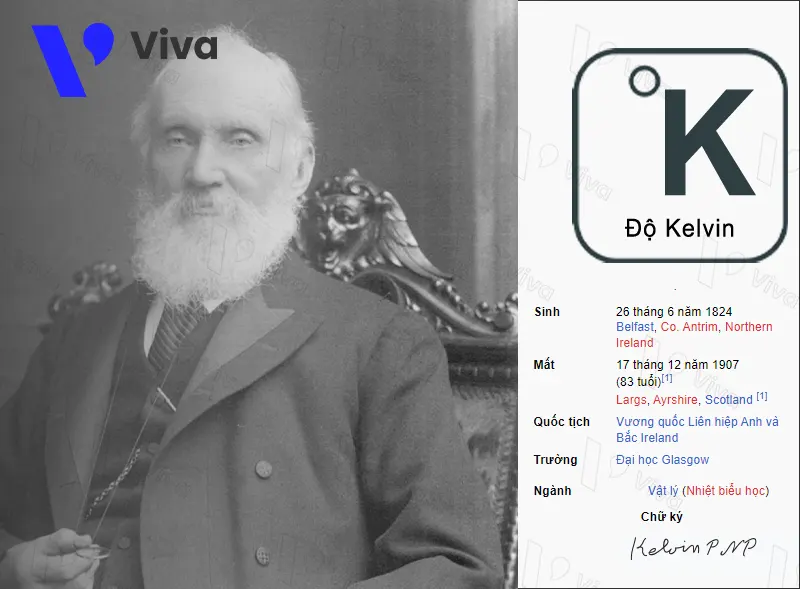
Degree K (Kelvin) is a temperature measurement unit used in the SI system (International System of Units). It is named after the British physicist William Thomson, Baron Kelvin, and is defined by using absolute zero temperature (0 K) as the starting point, where molecules have no thermal motion
. The boiling point of water at standard pressure (1 atm) is 373.15 K, and the freezing point of water at standard pressure is 273.15 K.
Degree Kelvin is the standard temperature measurement unit in the SI system and is widely used in scientific and engineering applications, such as material research, physics, chemistry, and cosmology. This allows scientists worldwide to use the same temperature unit for measurements and calculations, making research and applications more accurate and convenient.
Degree Rankine (R)
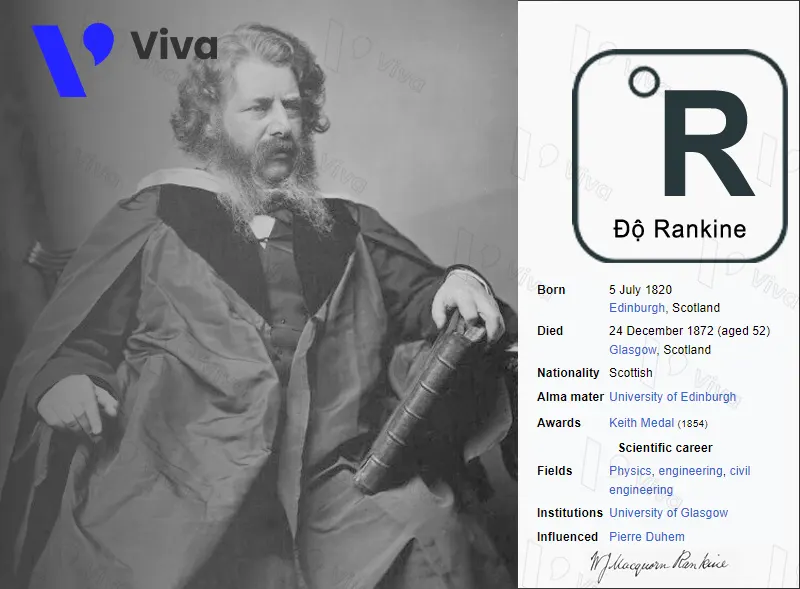
Degree Rankine (R) is a temperature measurement unit similar to degree Fahrenheit (degree F) and is primarily used in scientific and engineering applications in the United States and some other countries. Degree Rankine is defined by setting the boiling point and freezing point of water at standard pressure as 671.67 R and 491.67 R, respectively. This is equivalent to 0 R being equal to -459.67 degrees F and 0 R being equal to 0 degrees K.
Degree Rankine is not widely used like degree C or degree K in scientific and engineering applications due to limitations in accuracy and convenience. However, it is still used in fields such as material science, physics, and temperature measurement engineering, and it is also part of high-precision temperature measurement systems.
Réaumur Scale (°Ré or °Re)

The Réaumur scale (°Ré or °Re) is an uncommon temperature measurement unit named after the French physicist René Antoine Ferchault de Réaumur. This unit was widely used in history, particularly in Europe, before other temperature measurement units became popular. Réaumur scale is defined by dividing the interval between the boiling point and the freezing point of water into 80 equal parts, with the freezing point of water set at 0 °Ré and the boiling point of water at standard atmospheric pressure (1 atm) set at 80 °Ré.
However, this temperature measurement unit is no longer widely used in scientific and engineering applications due to limitations in accuracy and convenience. More commonly used temperature units, such as Celsius (°C), Fahrenheit (°F), and Kelvin (K), are widely used worldwide.
There are also other temperature measurement units used in certain specialized applications, such as the Delisle scale (°De), Newton scale (°N), and Réaumur scale. However, these units are rarely used in regular applications.
Relationship between different temperature measurement units
Different temperature measurement units are measured using different methods and are related to each other through conversion formulas.
The most common temperature measurement units include Celsius (°C), Fahrenheit (°F), and Kelvin (K). Celsius is based on the Celsius scale, Fahrenheit is based on the Fahrenheit scale, and Kelvin is based on the Kelvin scale. These temperature units are related to each other through simple conversion equations.
Specifically, to convert Celsius to Fahrenheit, the formula is:
F = (C x 1.8) + 32
Conversely, to convert Fahrenheit to Celsius, the formula is:
C = (F – 32) / 1.8
To convert Celsius to Kelvin, the formula is:
K = C + 273.15
Similarly, to convert Fahrenheit to Kelvin, the formula can be used:
K = (F + 459.67) / 1.8
Converting between these temperature measurement units is important in practical applications, especially when working with temperature measuring devices and temperature data.
Temperature Measurement Methods – Temperature Measuring Devices

Temperature measurement is a necessary requirement in many fields. To ensure the accuracy and reliability of data, appropriate temperature measuring devices need to be used. Here are some common temperature measuring devices:
- Thermometer
- Thermocouple
- RTD (Resistance Temperature Detector)
- Infrared thermometer
- Data logger
Thermometer: This is a simple temperature measuring device widely used in everyday life. Thermometers are often filled with mercury or alcohol and provide high accuracy.
Some types of thermometers provided by Viva
Thermocouple: A thermocouple consists of two different metal wires joined together at one point. When one end is connected to a heat source, a current will flow through the wires and generate an electromotive force. According to the Seebeck effect, the magnitude of this electromotive force depends on the temperature of the heat source and is used to measure temperature.
RTD (Resistance Temperature Detector): RTD stands for “Resistance Temperature Detector.” It is a temperature measuring device made of electrically conductive materials with a resistance that changes with temperature. The resistance of an RTD increases with increasing temperature and decreases with decreasing temperature. RTDs have high accuracy and stability.
Infrared thermometer: Infrared thermometers use infrared waves to measure temperature. This device emits a laser or infrared beam and measures the temperature of an object by detecting the reflected waves from that object. Infrared thermometers are commonly used to measure the temperature of objects at a distance or objects that are difficult to access.
Data logger: A data logger is a device capable of measuring and recording temperature data in real time. This data can then be transferred to a computer for analysis or stored for use in other purposes.
Factors Affecting Temperature

The factors affecting temperature include:
- Energy changes: Temperature generally reflects the level of energy contained in a substance or system. If there are changes in energy, temperature will change accordingly.
- Surface and color: The surface and color of a substance can affect its temperature. For example, a dark surface can absorb more heat than a light surface, so it will have a higher temperature.
- Light and environmental temperature: Light exposure and the temperature of the environment can influence the temperature of a substance. For instance, if an object is shaded, it will not receive heat energy from sunlight, so it will have a lower temperature compared to when it is directly illuminated.
- Atmospheric pressure: Atmospheric pressure can also impact the temperature of a substance. If pressure decreases, temperature will also decrease, and vice versa.
- Humidity: Humidity can affect the temperature of a substance. In humid air, the temperature can feel hotter because the moisture on your skin and clothing does not evaporate quickly.
With an understanding of the factors influencing temperature, we can adjust these factors to achieve the desired temperature.
With this article, we hope to provide you with a better understanding of the concept of temperature and common temperature measurement units. Additionally, through our website, you can learn about temperature unit conversions and their applications in daily life and various industries. Therefore, make regular visits to our website to enhance your knowledge and apply it in practice.




